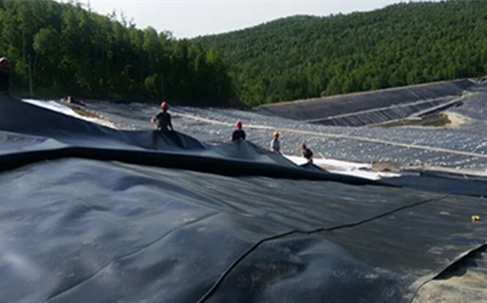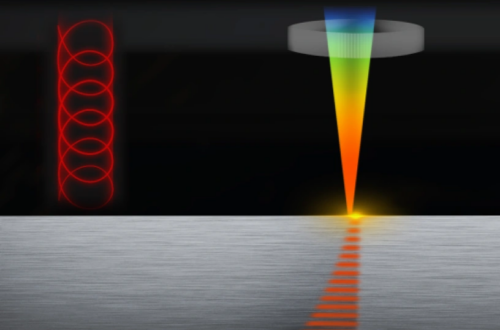Sanitary Napkins Raw Material: Composition and Manufacturing Process
# Sanitary Napkins Raw Material: Composition and Manufacturing Process
Sanitary napkins, also known as menstrual pads, are essential hygiene products used by women worldwide. Understanding the raw materials and manufacturing process behind these products is crucial for ensuring their quality and safety. This article delves into the composition of sanitary napkins and the steps involved in their production.
## Composition of Sanitary Napkins
Sanitary napkins are composed of several layers, each serving a specific function. The primary materials used in their production include:
– **Top Layer (Cover Stock):** This is the layer that comes into direct contact with the skin. It is typically made from non-woven fabric or perforated film, designed to be soft, breathable, and quick-drying.
– **Absorbent Core:** The core is the most critical part of the napkin, responsible for absorbing menstrual fluid. It is usually made from a blend of wood pulp and superabsorbent polymers (SAPs), which can hold several times their weight in liquid.
– **Back Sheet:** The back sheet is the outermost layer, often made from polyethylene film. It is waterproof to prevent leaks and is sometimes coated with an adhesive to keep the napkin in place.
– **Adhesive Strips:** These are used to secure the napkin to the underwear. They are typically made from pressure-sensitive adhesive materials.
– **Release Paper:** This is a protective layer that covers the adhesive strips before use. It is usually made from silicone-coated paper.
## Manufacturing Process
The manufacturing process of sanitary napkins involves several steps, each requiring precision and adherence to hygiene standards. Here is an overview of the process:
1. **Material Preparation:** The raw materials, including the top layer, absorbent core, back sheet, and adhesive strips, are prepared and inspected for quality.
2. **Layer Assembly:** The layers are assembled in a specific order. The top layer is placed first, followed by the absorbent core, and then the back sheet. Adhesive strips are applied to the back sheet.
3. **Cutting and Shaping:** The assembled layers are cut into the desired shape and size. This step may involve the use of die-cutting machines to ensure uniformity.
4. **Packaging:** The finished napkins are packaged in individual wrappers to maintain hygiene. They are then grouped into larger packages for distribution.
5. **Quality Control:** Throughout the manufacturing process, quality control checks are conducted to ensure that the napkins meet safety and performance standards. This includes testing for absorbency, leakage, and skin irritation.
## Conclusion
Sanitary napkins are a vital product for women’s health and hygiene. The careful selection of raw materials and the meticulous manufacturing process ensure that these products are safe, effective, and comfortable to use. By understanding the composition and production of sanitary napkins, consumers can make informed choices and appreciate the technology behind these everyday essentials.
Keyword: Sanitary Napkins Raw Material


